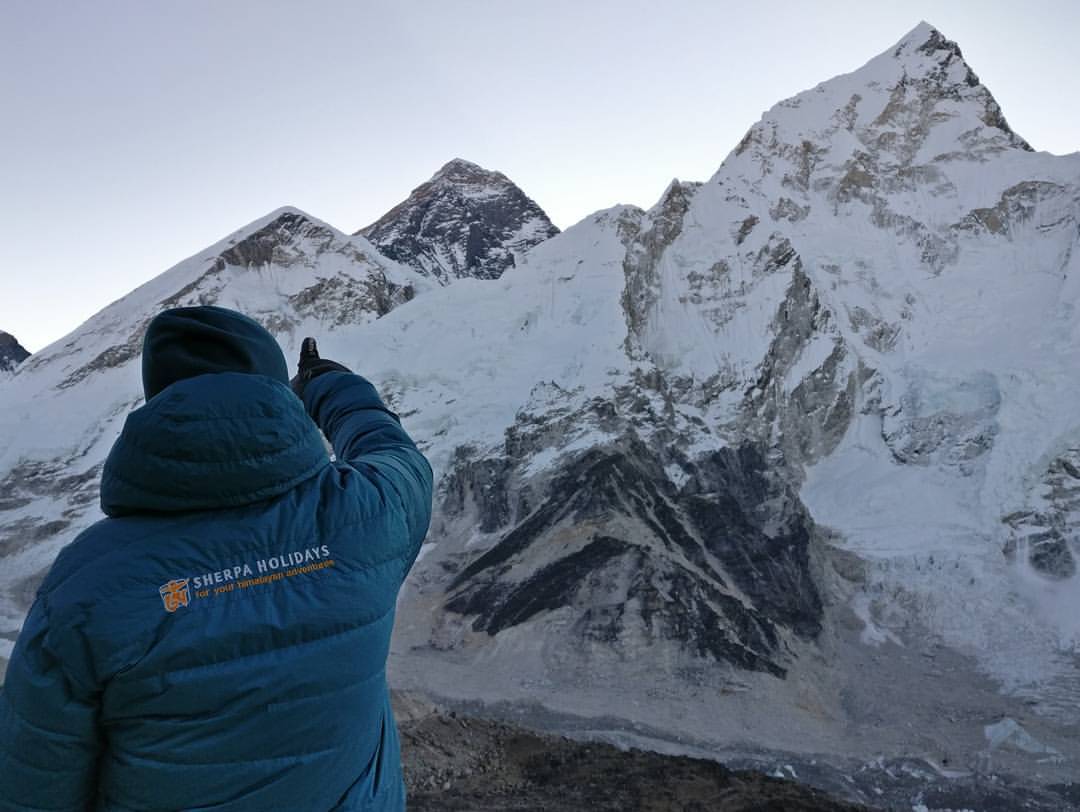Nepal open for trekking from 17 October


Nepali Times
September 15, 2020
As a part of its gradual opening up after a six-month Covid-19 lockdown, Nepal’s Cabinet decided to allow domestic flights, intercity buses, hotels and restaurants to reopen from Thursday.
Trekking and mountaineering groups will also be allowed to take foreign clients up to the mountains from 17 October, government spokesperson and Foreign Minister Pradeep Gyawali told a briefing. The decisions were taken on Monday’s Cabinet meeting on the recommendation of the Covid-19 Crisis Management Committee (CCMC).
The government had relaxed the lockdown from 13 September in Kathmandu Valley, allowing shops to reopen for limited times, and on certain days of the week. Public transport, taxis and private vehicles were also allowed on odd-even days.

From 1 September, limited regular international flights were also allowed as long as the total number of arriving passengers daily did not exceed 800. Tourism and Civil Aviation Minister Yogesh Bhattarai hinted last week that up to 3,000 passengers a day may soon be allowed to land.
However, foreigners are still not allowed to travel to Nepal, and all passengers must have RT PCR negative reports done 72 hours before departure. Despite this, inbound passengers have complained about unnecessarily long waits at holding centres in Kathmandu on arrival.
The decision will come as welcome relief to Nepal’s domestic airlines which have had most of their planes and helicopters grounded for the past six months. Hotels had been allowed to reopen after 21 July, but were closed again on 20 August when Covid-19 cases began to rise.
The relaxation of restrictions come even as the number of confirmed cases in Nepal has been rising at between 1,000-1,500 every day, with more than half of them in Kathmandu Valley. On Tuesday, there were 1,451 new cases nationwide, bringing the total to 56,778.
Eleven more patients died from Covid-19 on 15 September, and the total now stands at 371. More than 40,000 have recovered, and there are 15,779 active cases of which 8,139 are symptomatic and are in hospital isolation wards.
Foreign Minister Gyawali said that although travel restrictions were being eased, planes, hotels and restaurants will have to observe strict protocols on separation and masks. Long-distance buses will only be allowed to carry half the number of passengers, and everyone has to follow the protocols. Domestic airlines will have to follow strict hygiene rules on check-in, ramp buses, and on-board aircraft.
Hotels have had almost no income since March, and have laid off a quarter of their staff, with others taking pay cuts. Nearly 1.2 million tourists visited Nepal in 2019, and this year the government was promoting Visit Nepal Year with a target of reaching 2 million.
Tourism brought in $700 million in 2018-19, and makes up 8% of Nepal’s GDP. Nearly half-a-million Nepalis are directly employed in the trekking and mountaineering sector, with 2 million others benefiting indirectly from tourism.
The government was also beginning to feel the pinch from the drop in revenue from taxes on hotels, restaurants and also fees from trekking and climbing permits.
Even prior to this announcement, two expeditions had been granted permission to climb in Nepal. One was a special permit for an all-Nepali expedition to Mt Baruntse which has already left for base camp, and the other to a 15-member Bahraini military expedition to Mt Manaslu that includes three Britons. The Bahrainis are arriving in Kathmandu on a charter flight on Wednesday.